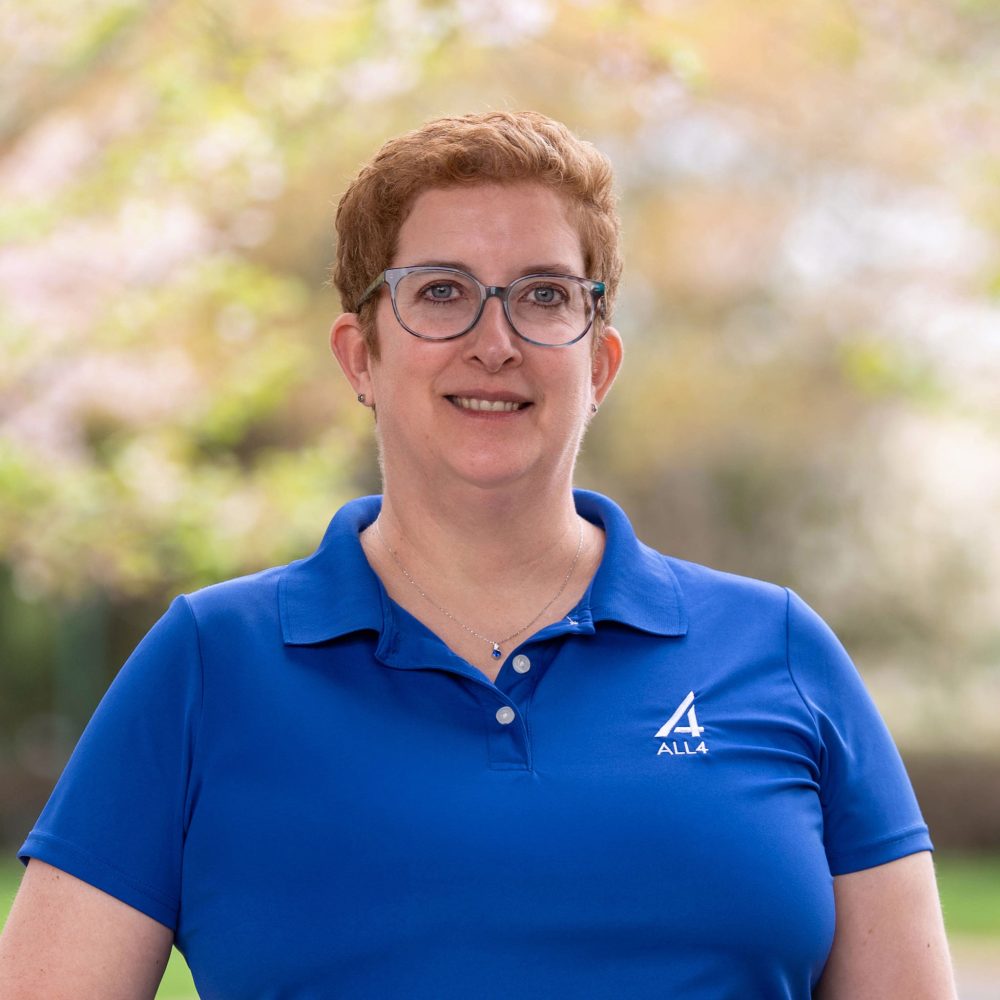U.S. EPA Finalizes Changes to Rules on Reclassification of Major Sources
Posted: September 11th, 2024
Authors: Amy M.
The Clean Air Act (CAA) defines a major source of hazardous air pollutant (HAP) emissions as one that has the potential to emit (PTE) 10 tons per year (tpy) or more of any single HAP or 25 tpy or more of any combination of HAPs. Major sources of HAPs are subject to Maximum Achievable Control Technology (MACT) standards in 40 CFR Part 63 under the National Emission Standards for Hazardous Air Pollutants (NESHAP). In a 1995 memo (i.e., The Seitz Memo), the United States Environmental Protection Agency (U.S. EPA) established a policy to prohibit major HAP sources from reducing their HAP PTE to reclassify as area sources and thereby avoid coverage under a 40 CFR Part 63 MACT standard after the first substantive compliance date of that standard. This policy was known as “Once In, Always In” (OIAI) and was implemented to eliminate “backsliding” and to ensure that the maximum achievable emissions reductions that Congress had mandated for major sources would be achieved. A 2018 U.S. EPA memo reversed that policy and was followed by a 2020 rulemaking that amended Part 63 to allow reclassification of a major source of HAP to an area source. Opponents of the rescission of OIAI policy have claimed that a facility with HAP emissions much less than the major source thresholds under the applicable MACT standards could increase its emissions to just under the major source thresholds if it were to reclassify and avoid coverage under MACT standards.
U.S. EPA reviewed the 2020 rulemaking and proposed changes in September 2023. Essentially, U.S. EPA proposed to continue to allow major HAP sources to reclassify as area sources, with the stipulation that they continue to comply with MACT or equivalent control requirements and maintain their HAP emissions levels with certain “safeguards” in their permits. The final rule revisions, published in the Federal Register on September 10, 2024, do not address all of the issues brought forward in the proposal. The final rule still allows major sources to reclassify to area source status but requires that those sources remain subject to a subset of MACT standards, as described below.
Section 112(c)(6) of the CAA directs U.S. EPA to subject sources of the following seven persistent, bioaccumulative HAP to regulations such that no less than 90 percent of the aggregate emissions of each HAP are subject to MACT standards: alkylated lead compounds, polycyclic organic matter, hexachlorobenzene, mercury, polychlorinated biphenyls, 2,3,7,8-tetrachlorodibenzofurans, and 2,3,7,8-tetrachlorodibenzo-p-dioxin. U.S. EPA has promulgated standards sufficient to meet the 90 percent requirement and published a completion notice. U.S. EPA has interpreted this directive to mean that it cannot allow sources subject to the MACT standards that serve to control emissions of these seven HAPs to escape coverage by these rules, even if they reclassify. Therefore, after September 10, 2024, sources that reclassify will still be subject to the following standards, pursuant to revised 40 CFR 63.1(c)(6)(iii):
- Subparts F through I (the Hazardous Organic NESHAP)
- Subpart L (NESHAP for Coke Oven Batteries)
- Subpart R (NESHAP for Gasoline Distribution Facilities)
- Subpart X (NESHAP for Secondary Lead Smelting)
- Subpart CC (Refinery MACT)
- Subpart GG (NESHAP for Aerospace Manufacturing and Rework)
- Subpart II (NESHAP for Shipbuilding and Ship Repair)
- Subpart JJ (NESHAP for Wood Furniture Manufacturing)
- Subpart KK (NESHAP for Printing and Publishing)
- Subpart LL (NESHAP for Primary Aluminum)
- Subpart MM (NESHAP for Chemical Recovery Combustion Sources at Pulp Mills)
- Subpart EEE (NESHAP for Hazardous Waste Combustors)
- Subpart HHH (NESHAP for Natural Gas Transmission and Storage)
- Subpart JJJ (NESHAP for Group IV Polymers and Resins)
- Subpart LLL (NESHAP for Portland Cement Manufacturing)
- Subpart RRR (NESHAP for Secondary Aluminum Production)
- Subpart UUU (NESHAP for Petroleum Refineries)
- Subpart FFFF (Miscellaneous Organic NESHAP)
- Subpart JJJJ (NESHAP for Paper and Other Web Coating)
- Subpart MMMM (NESHAP for Surface Coating of Miscellaneous Metal Parts and Products)
- Subpart PPPP (NESHAP for Surface Coating of Plastic Parts and Products)
- Subpart ZZZZ (NESHAP for Stationary Engines)
- Subpart CCCCC (NESHAP for Coke Ovens: Pushing, Quenching, and Battery Stacks)
- Subpart DDDDD (Boiler MACT)
- Subpart FFFFF (NESHAP for Iron and Steel Manufacturing)
- Subpart IIIII (NESHAP for Mercury Cell Chlor-Alkali Plants)
- Subpart LLLLL (NESHAP for Asphalt Processing and Roofing)
- Subpart YYYYY (NESHAP for area source Electric Arc Steelmaking Facilities)
- Subpart JJJJJJ (NESHAP for area source Boilers)
- Subpart EEEEEEE (NESHAP for area source Gold Mines)
In other words, after the effective date of the final rule (September 10, 2024), a facility cannot avoid applicability of the standards listed above by reclassifying from major to area source status (or even from area to major source status, since some area source standards are listed.) This limitation could affect the operation of your facility post-reclassification and will mean that MACT monitoring, recordkeeping, testing, and reporting requirements will continue to apply to your reclassified facility. Good news: the list does not include the NESHAP for Stationary Combustion Turbines.
More good news: If you already reclassified from major to area source status, you are not affected by these changes and no action is required. In the 2023 proposal, U.S. EPA sought comment on whether the effective date of reclassification was the date of change in potential emissions, the date of notification of reclassification to U.S. EPA, or the date of receipt of a revised air permit. The final rule does not address that question.
The final rule is likely to spur litigation, but it stands for now. Contact Amy Marshall at 984-777-3073 with any questions or if you would like assistance reclassifying your facility and understanding what requirements will apply after reclassification.

